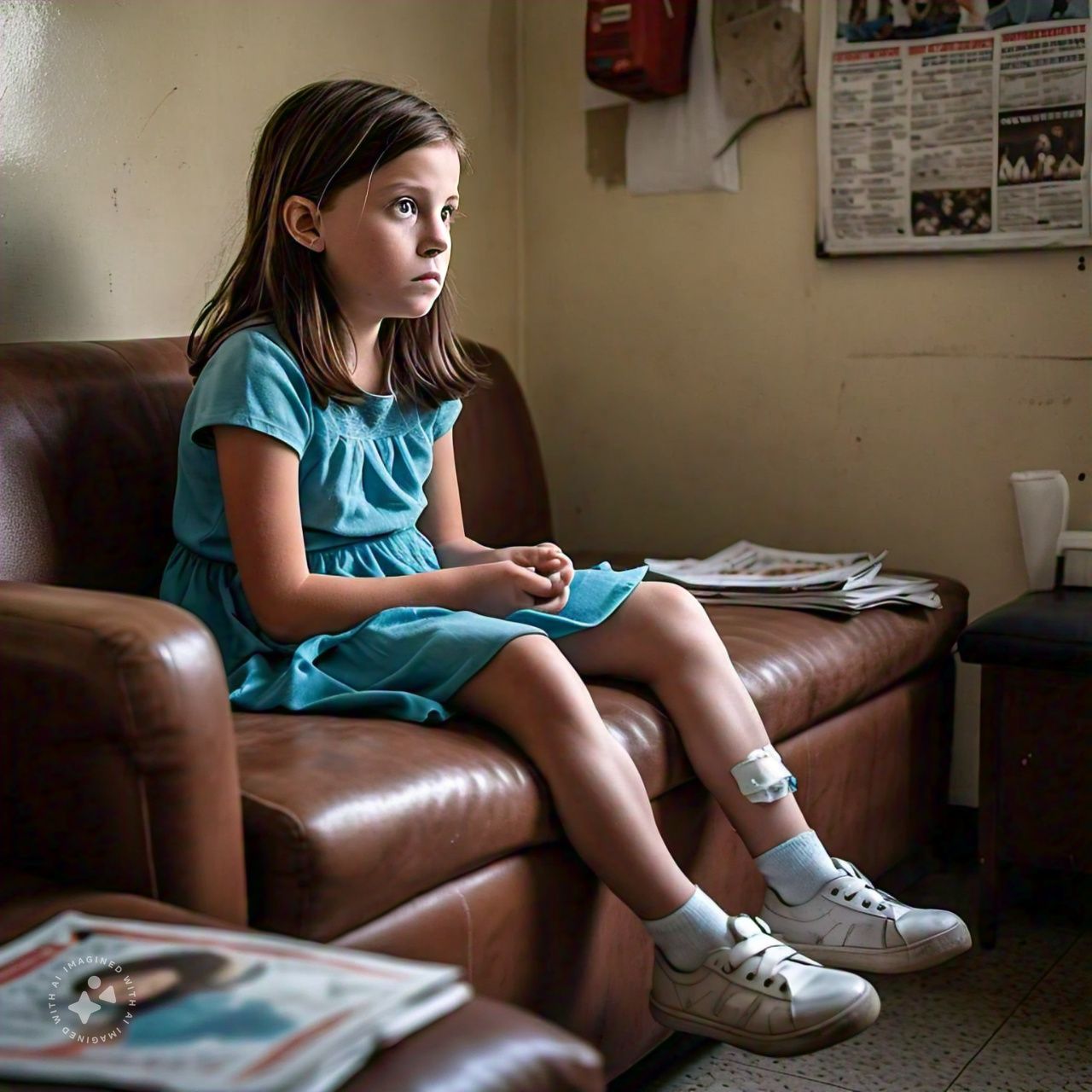1. Introduction to Child Marriage and Early Bridehood
Child marriage and early bridehood continue to be major issues worldwide, affecting millions of young girls every year. Defined as a formal marriage or informal union before the age of 18, this practice robs children of their childhood, limits their future prospects, and often subjects them to a lifetime of poverty, abuse, and health risks. Despite global efforts to curb child marriage, it persists, especially in regions like South Asia and Sub-Saharan Africa, due to deeply ingrained social, economic, and cultural factors.
2. Historical Context of Child Marriage
Child marriage has existed for centuries, with its roots deeply embedded in cultural and religious practices across the world. In ancient societies, early marriages were often seen as a means of securing alliances between families and ensuring financial stability. This historical context remains relevant today, as in many parts of the world, cultural beliefs and traditions continue to perpetuate the practice, despite its detrimental effects on girls.

3. Prevalence of Child Marriage Worldwide
Despite international efforts to combat child marriage, it remains widespread. According to UNICEF, approximately 12 million girls are married before the age of 18 each year. Regions with the highest prevalence of child marriage include South Asia, where 45% of girls are married before 18, and Sub-Saharan Africa, where the rate is 37%. Although progress has been made in some countries, the decline in child marriage rates has been slow, and millions of girls remain vulnerable.
4. Root Causes of Child Marriage
The root causes of child marriage are complex and interconnected. Poverty is often the primary driver, as families struggling financially may view marriage as a way to alleviate their economic burden. Additionally, gender inequality plays a significant role, with girls seen as less valuable than boys and more prone to early marriage. In some cases, social norms and expectations, such as preserving family honor, also contribute to the practice.
5. Health Consequences of Early Bridehood
The health implications of early bridehood are severe and life-threatening. Girls who marry young are more likely to experience early pregnancies, which can lead to complications during childbirth, such as obstetric fistula, preterm births, and higher rates of maternal and infant mortality. Moreover, young brides are often isolated, lacking the support systems necessary for their mental and emotional well-being. Studies show that girls in early marriages are at greater risk of experiencing depression and anxiety.
6. The Legal Landscape and Age of Consent
While most countries have laws prohibiting child marriage, loopholes often allow the practice to continue. In some regions, religious or customary laws permit marriage before the age of 18, while in others, parental consent or judicial approval can override legal protections. This lack of legal enforcement leaves many girls vulnerable to early marriages.
7. Economic Impacts of Child Marriage
Child marriage has significant economic implications, not only for the girls involved but also for their families and communities. Early marriages often force girls to drop out of school, limiting their future earning potential. This cycle of poverty perpetuates itself, as families lose the financial benefits of an educated workforce. According to the World Bank, ending child marriage could lead to substantial economic benefits by increasing the number of educated girls in the workforce.
8. Education and Child Marriage
Education is one of the most effective tools in preventing child marriage. Unfortunately, many girls who are married off early are denied the chance to complete their education, which limits their future opportunities and perpetuates the cycle of poverty. In many regions, cultural norms dictate that a girl’s primary role is to become a wife and mother, which discourages families from investing in their daughters’ education.

9. Gender Inequality and Power Dynamics
Child marriage is deeply rooted in gender inequality and power imbalances. In many societies, girls are viewed as inferior to boys, and their value is tied to their ability to marry and bear children. This unequal power dynamic means that girls have little to no say in decisions about their own lives, including who they marry and when.
10. The Role of Religious and Cultural Beliefs
Religion and culture often play significant roles in perpetuating child marriage. In some communities, early marriage is seen as a way to protect a girl’s honor or to secure her future. Religious leaders may endorse these practices, making it difficult to challenge or change these norms.
11. Government and NGO Interventions
There have been many efforts by governments and NGOs to combat child marriage. Programs that focus on education, economic empowerment, and legal reforms have been particularly successful in reducing child marriage rates. However, more needs to be done to ensure these initiatives reach the most vulnerable populations.
12. The Global Impact of Child Marriage on Development
Child marriage has a profound impact on global development, particularly in terms of gender equality, education, and health. It also affects progress toward achieving the UN’s Sustainable Development Goals (SDGs), particularly Goal 5, which aims to achieve gender equality and empower all women and girls.
13. Stories of Resilience: Girls Who Escaped Early Marriage
Despite the challenges, there are many stories of resilience from girls who have managed to escape early marriages and pursue education and careers. These stories serve as powerful reminders of the importance of continuing the fight against child marriage.
14. The Path Forward: Strategies to End Child Marriage
Ending child marriage will require a multifaceted approach that includes legal reforms, education, and community engagement. Programs that focus on changing social norms, providing economic opportunities for girls and their families, and enforcing laws against child marriage are key to ending this practice.
15. Conclusion: A Call for Global Action
Child marriage is a global issue that requires global solutions. While progress has been made, there is still much work to be done to ensure that every girl has the opportunity to grow up free from the burden of early marriage. It is time for the international community to take bold action and work together to end this harmful practice once and for all.


